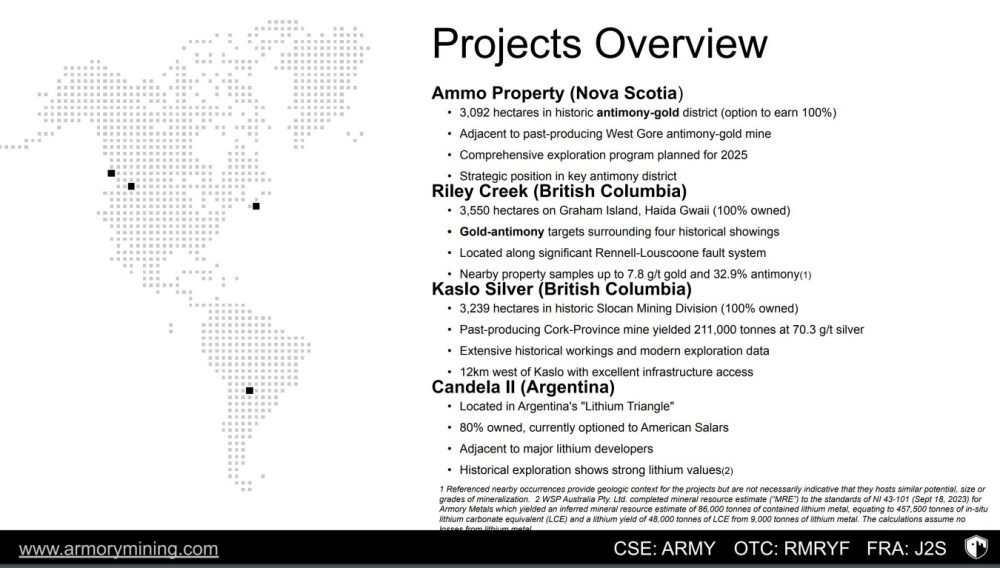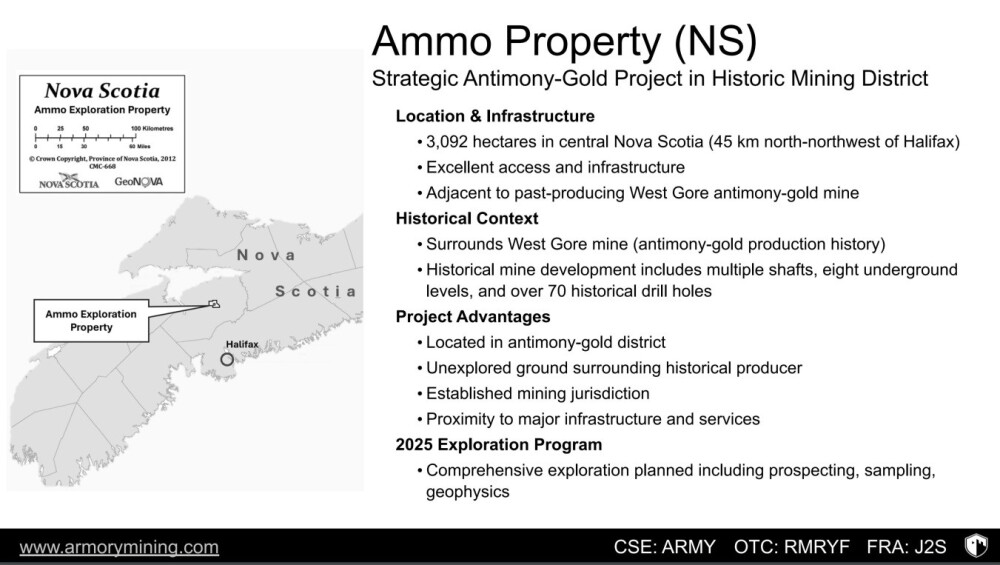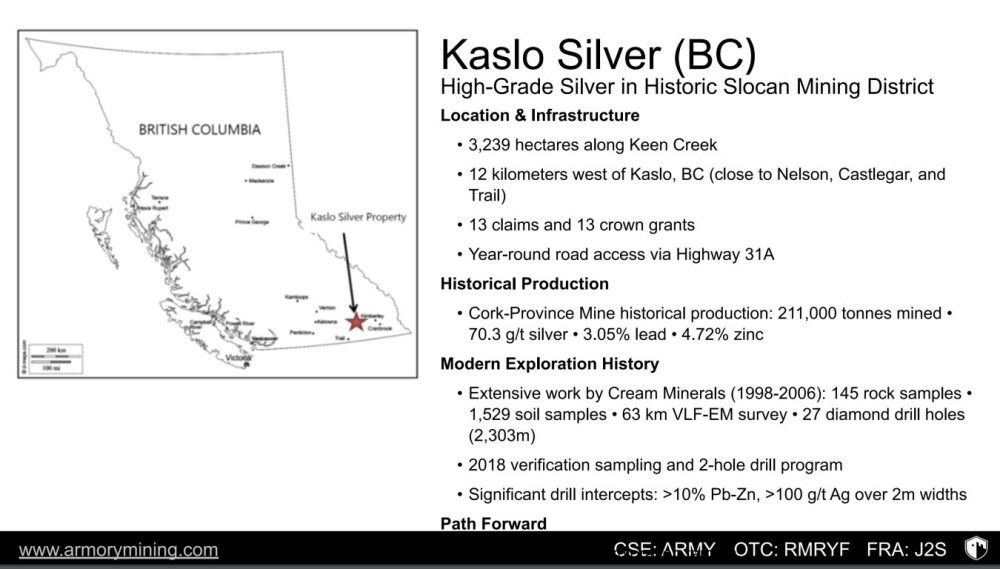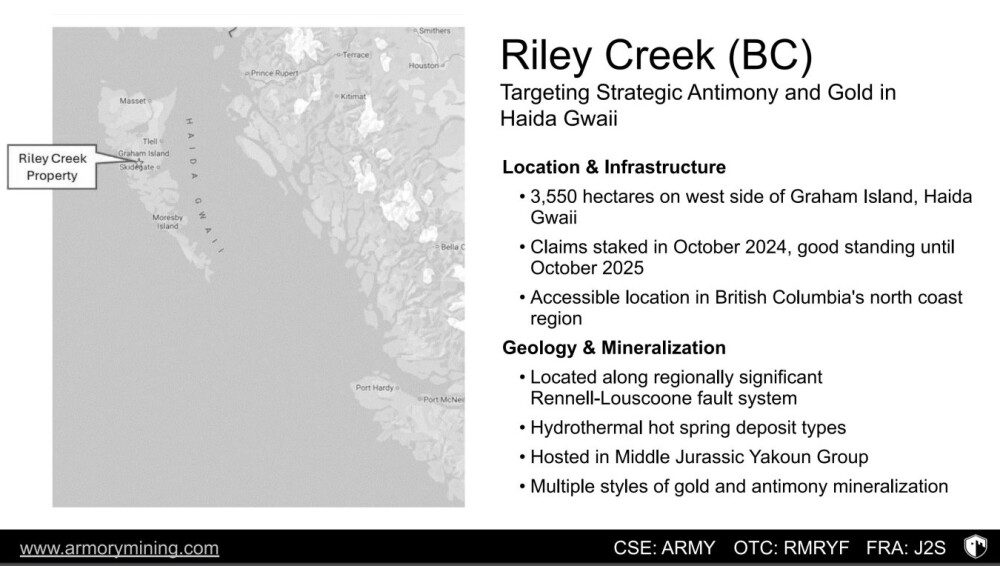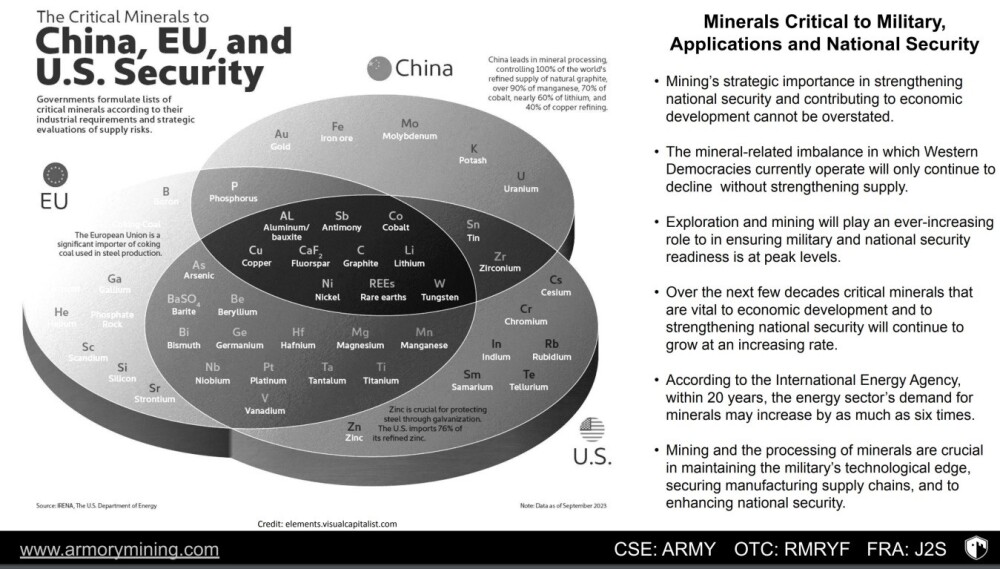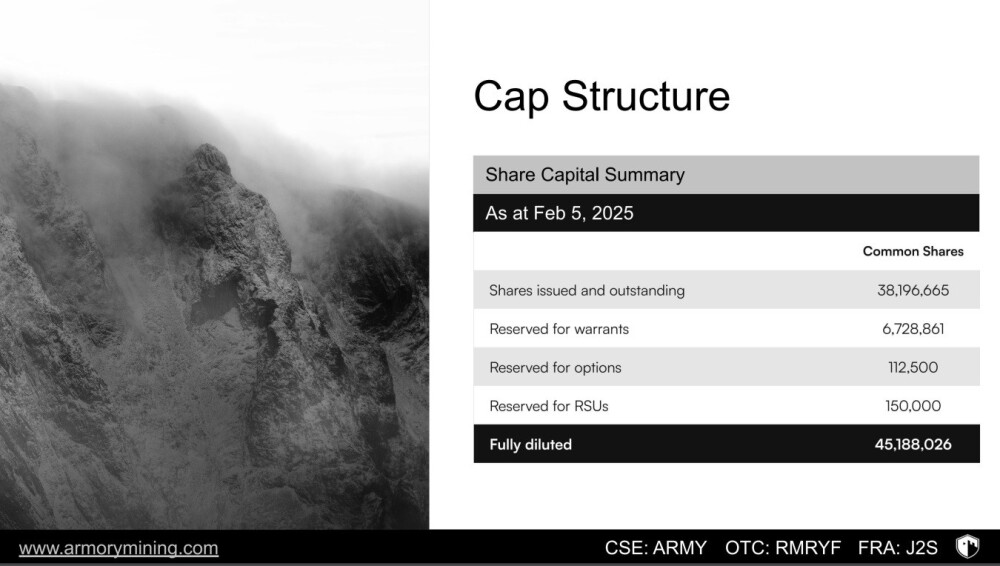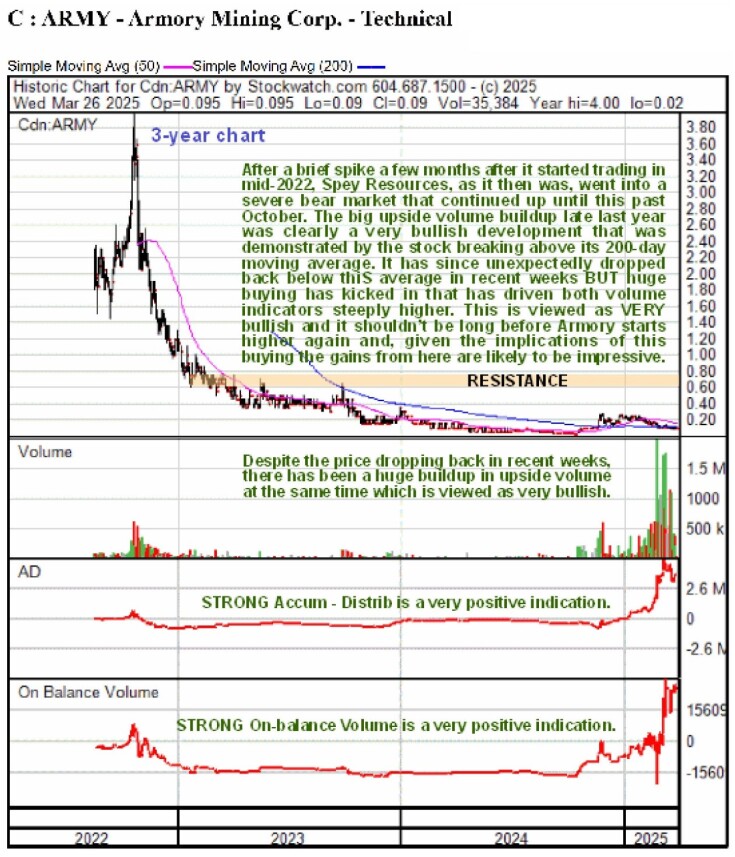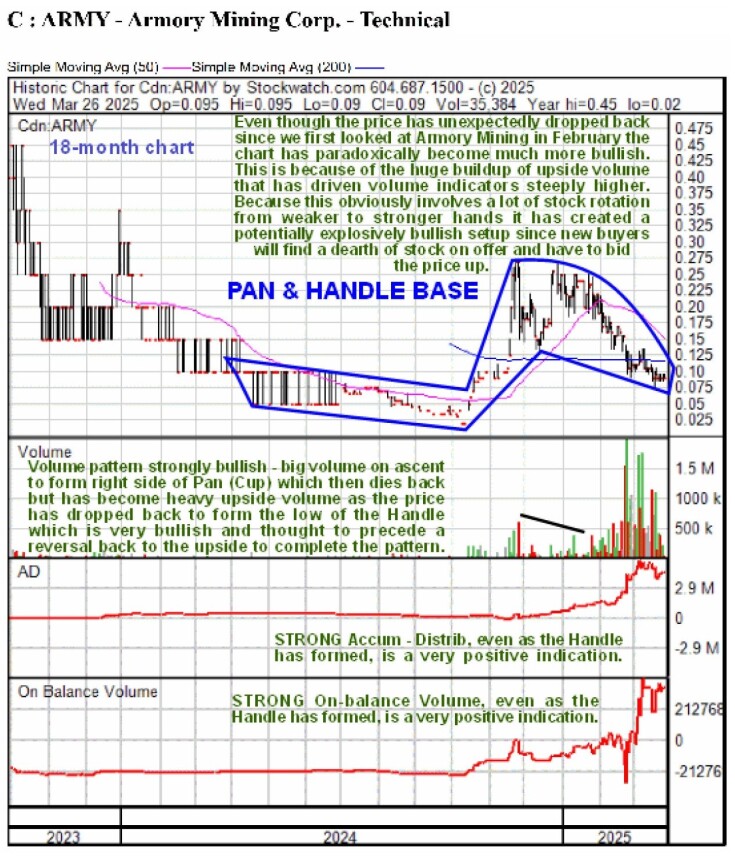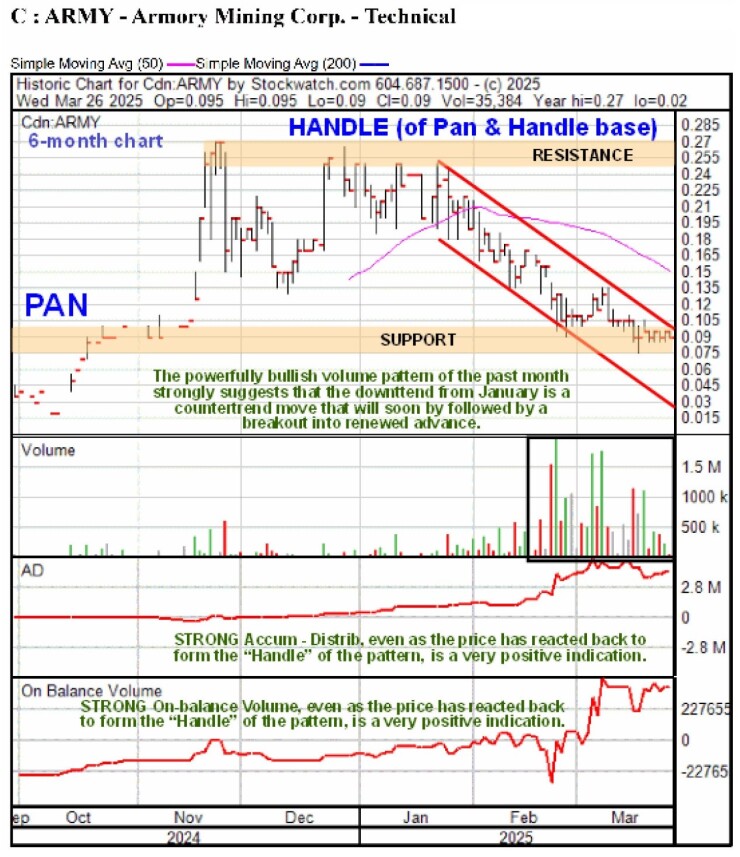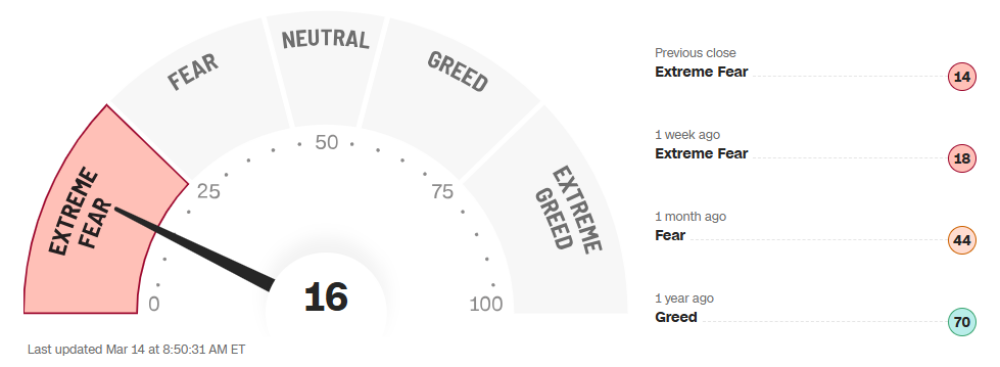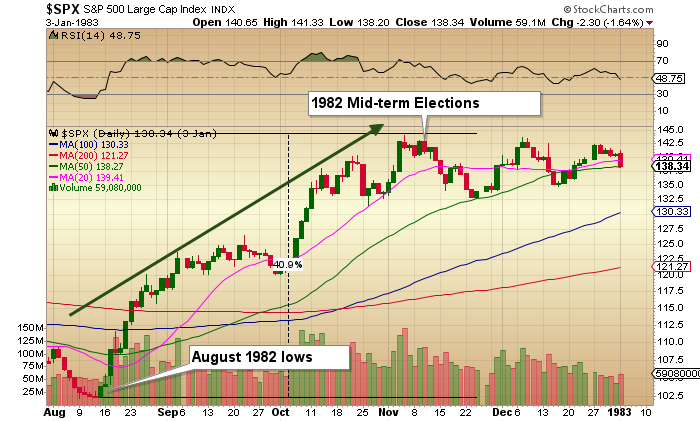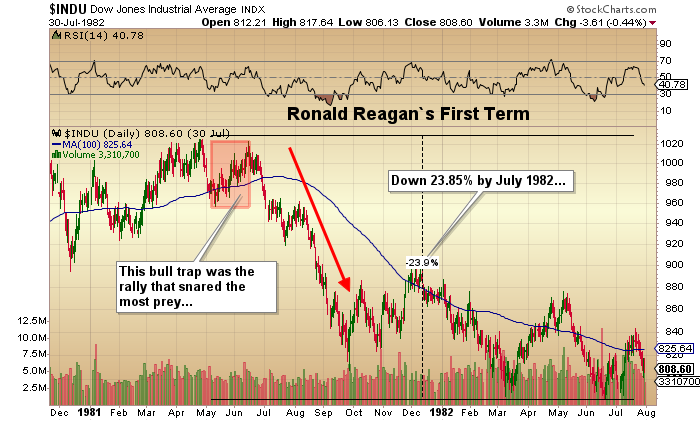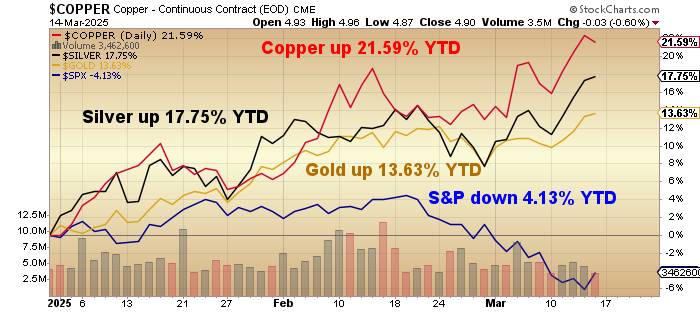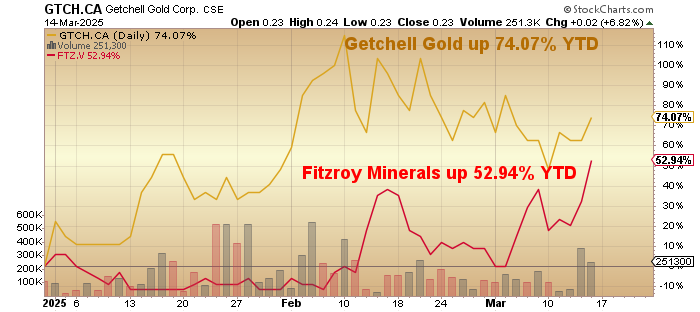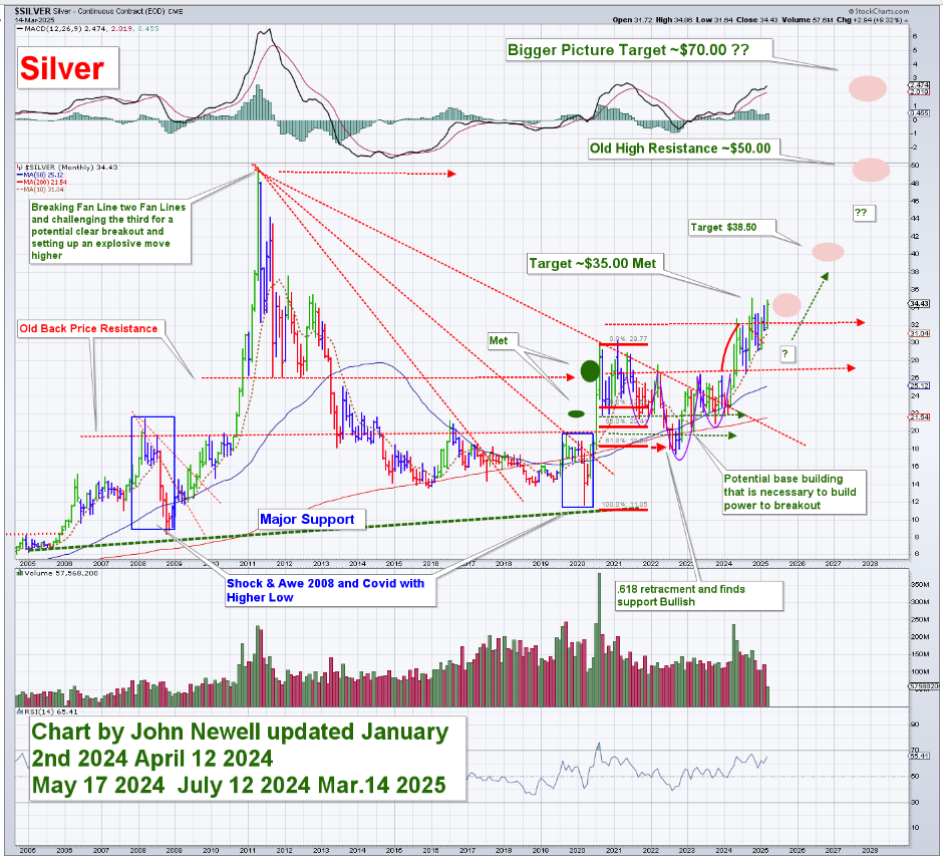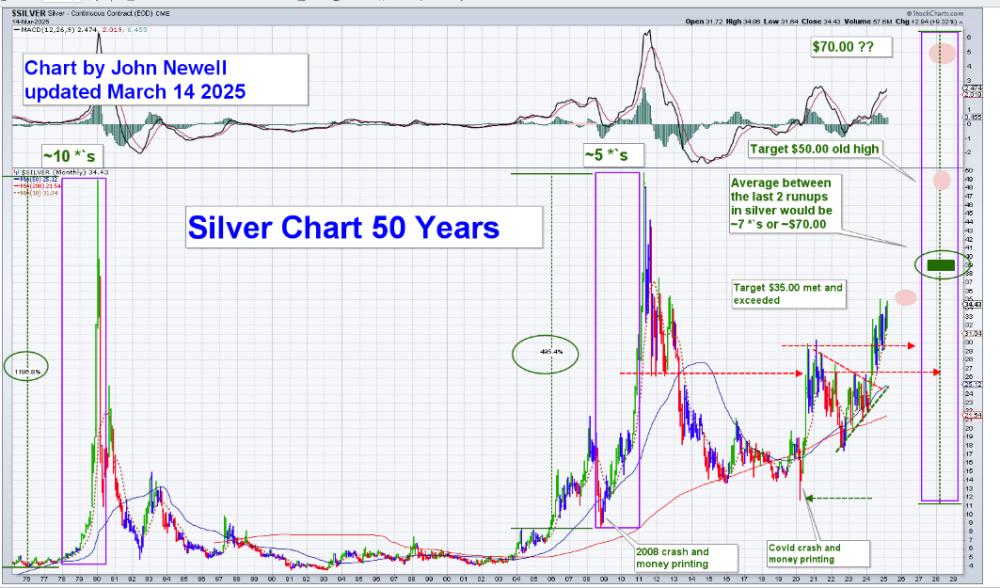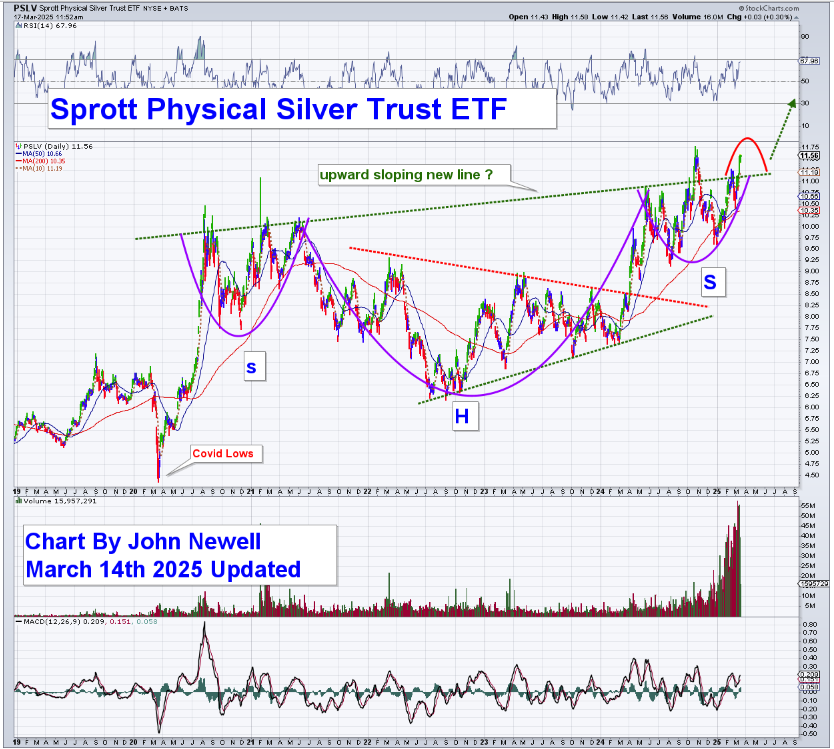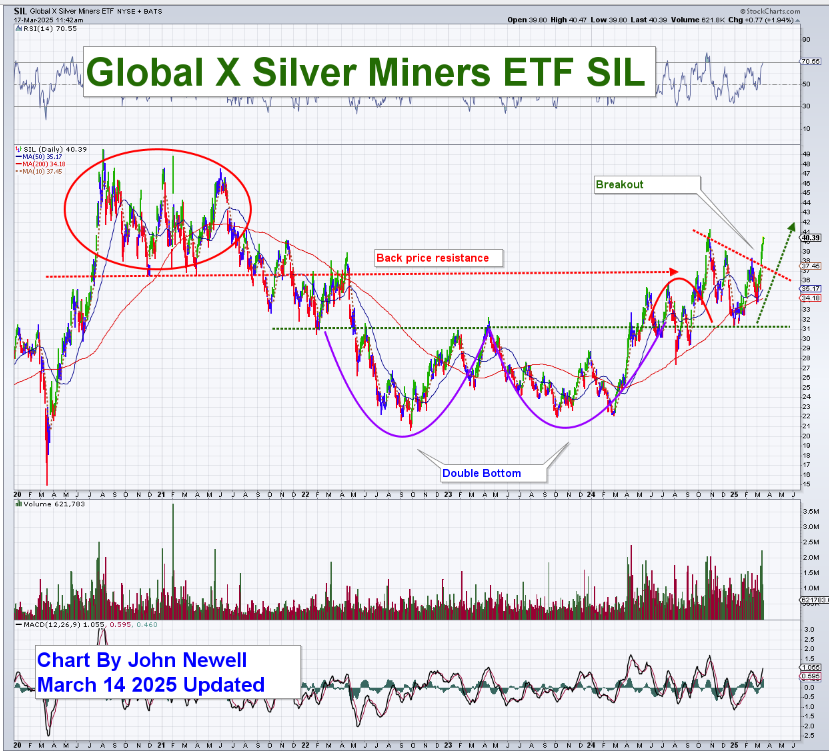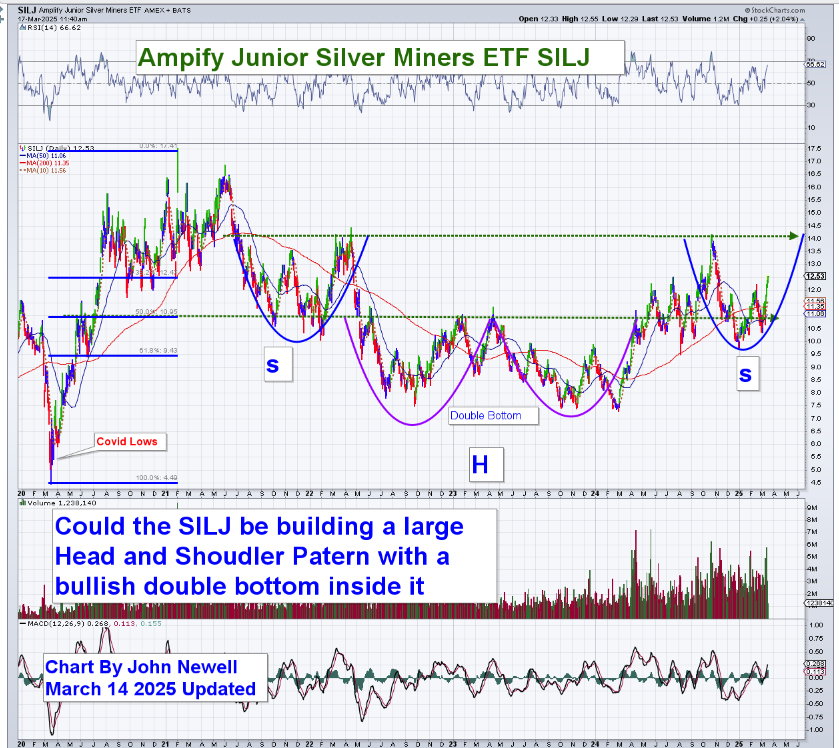By InvestMacro
The latest update for the weekly Commitment of Traders (COT) report was released by the Commodity Futures Trading Commission (CFTC) on Friday for data ending on March 25th.
This weekly Extreme Positions report highlights the Most Bullish and Most Bearish Positions for the speculator category. Extreme positioning in these markets can foreshadow strong moves in the underlying market.
To signify an extreme position, we use the Strength Index (also known as the COT Index) of each instrument, a common method of measuring COT data. The Strength Index is simply a comparison of current trader positions against the range of positions over the previous 3 years. We use over 80 percent as extremely bullish and under 20 percent as extremely bearish. (Compare Strength Index scores across all markets in the data table or cot leaders table)
Here Are This Week’s Most Bullish Speculator Positions:
Japanese Yen
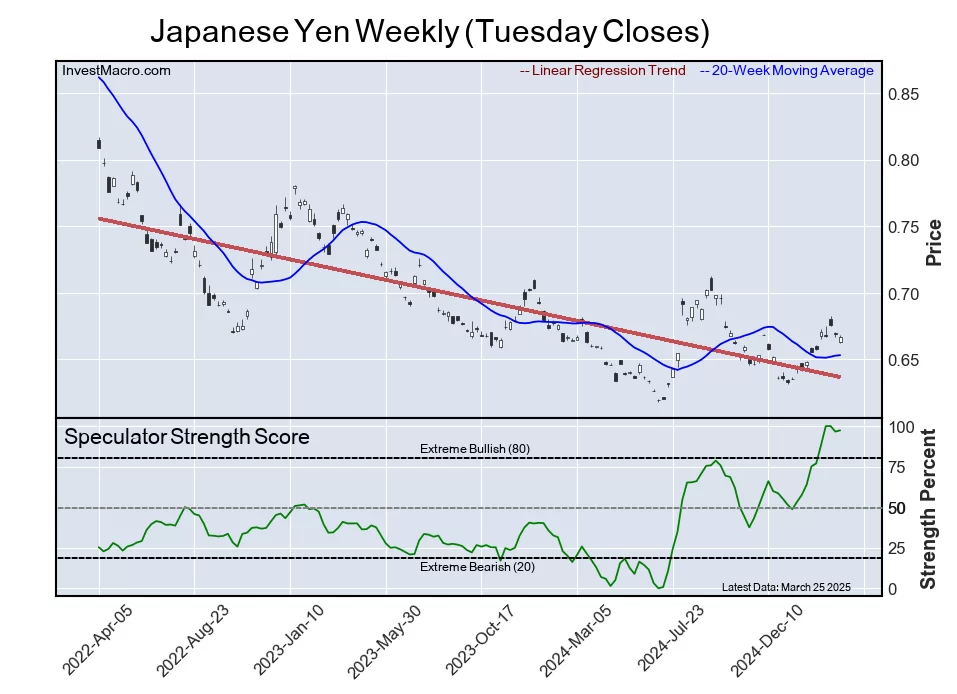
The Japanese Yen speculator position continues to be at the top of the extremes list and comes in as the most bullish extreme standing this week. The Japanese Yen speculator level is currently at a 97.3 percent score of its 3-year range.
The six-week trend for the percent strength score totaled 22.2 this week. The overall net speculator position was a total of 125,376 net contracts (just below the recent record high) this week with a bump up by 2,412 contract in the weekly speculator bets.
Speculators or Non-Commercials Notes:
Speculators, classified as non-commercial traders by the CFTC, are made up of large commodity funds, hedge funds and other significant for-profit participants. The Specs are generally regarded as trend-followers in their behavior towards price action – net speculator bets and prices tend to go in the same directions. These traders often look to buy when prices are rising and sell when prices are falling. To illustrate this point, many times speculator contracts can be found at their most extremes (bullish or bearish) when prices are also close to their highest or lowest levels.
These extreme levels can be dangerous for the large speculators as the trade is most crowded, there is less trading ammunition still sitting on the sidelines to push the trend further and prices have moved a significant distance. When the trend becomes exhausted, some speculators take profits while others look to also exit positions when prices fail to continue in the same direction. This process usually plays out over many months to years and can ultimately create a reverse effect where prices start to fall and speculators start a process of selling when prices are falling.
Live Cattle
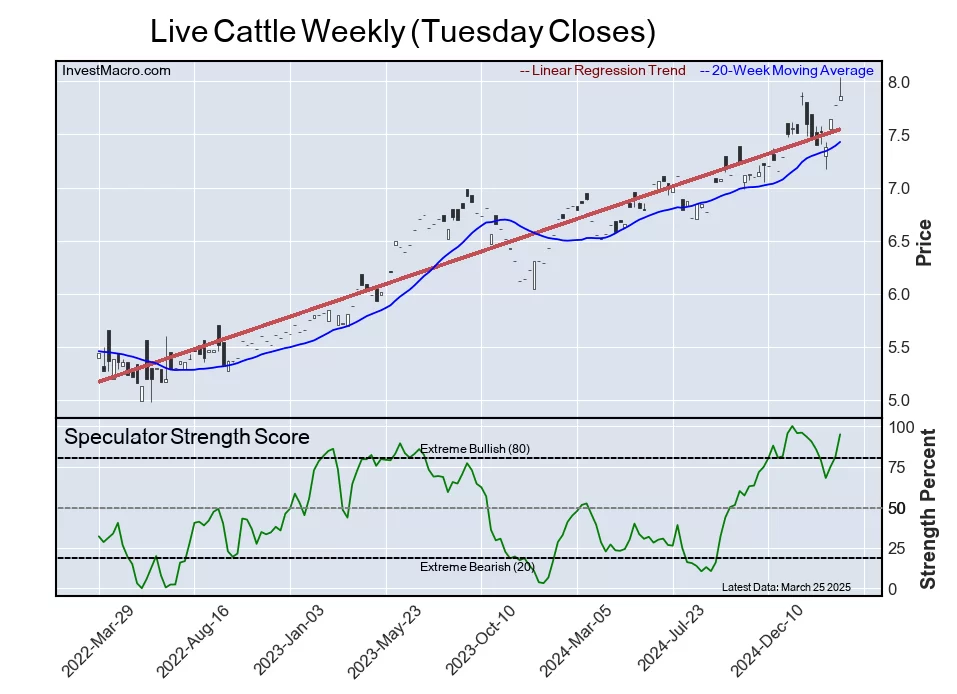
The Live Cattle speculator position comes next in the extreme standings this week. The Live Cattle speculator level is now at a 94.9 percent score of its 3-year range.
The six-week trend for the percent strength score was 4.4 this week. The speculator position registered 117,987 net contracts this week with a weekly gain of 14,562 contracts in speculator bets.
Steel
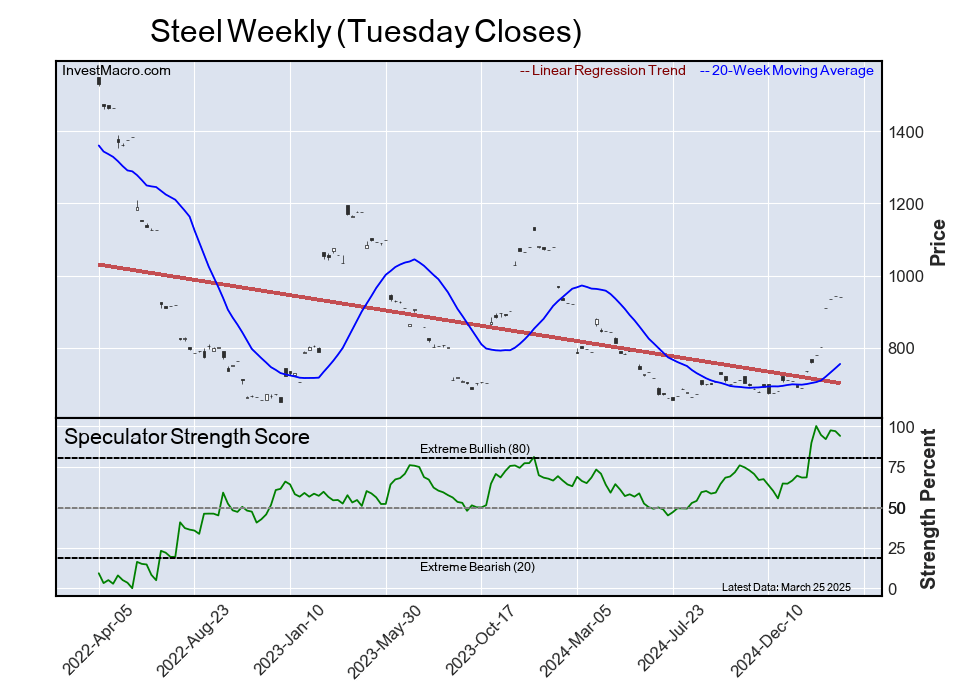
The Steel speculator position comes in third this week in the extreme standings. The Steel speculator level resides at a 93.9 percent score of its 3-year range.
The six-week trend for the speculator strength score came in at 4.2 this week. The overall speculator position was 3,771 net contracts this week with a dip by -635 contracts in the weekly speculator bets.
Silver
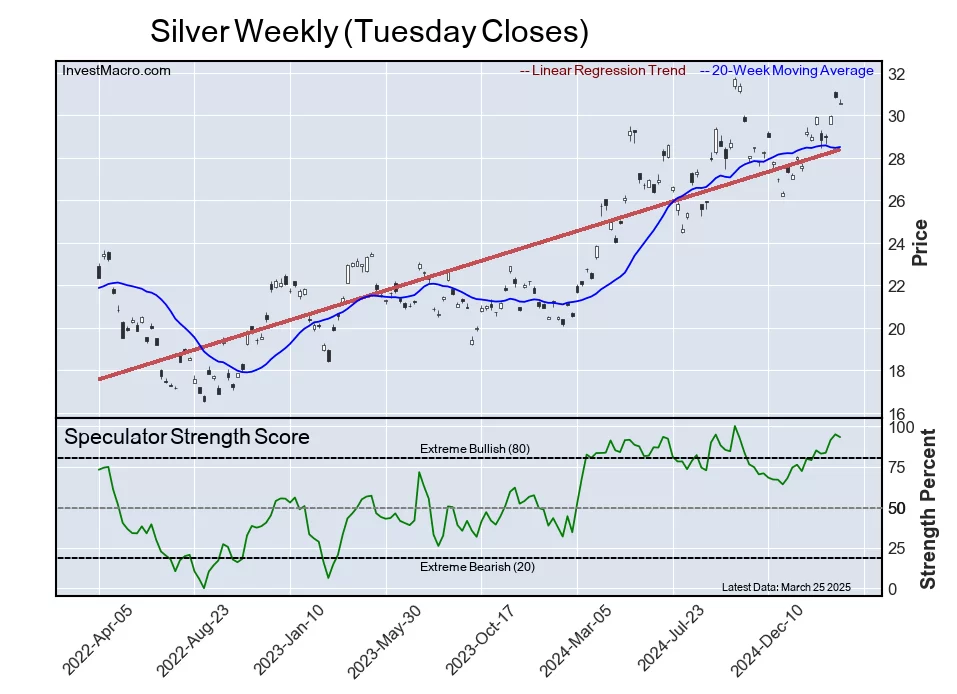
The Silver speculator position comes up number four in the extreme standings this week. The Silver speculator level is at a 93.2 percent score of its 3-year range.
The six-week trend for the speculator strength score totaled a change of 14.2 this week. The overall speculator position was 60,950 net contracts this week with a small decline of -1,348 contracts in the speculator bets.
Brazil Real
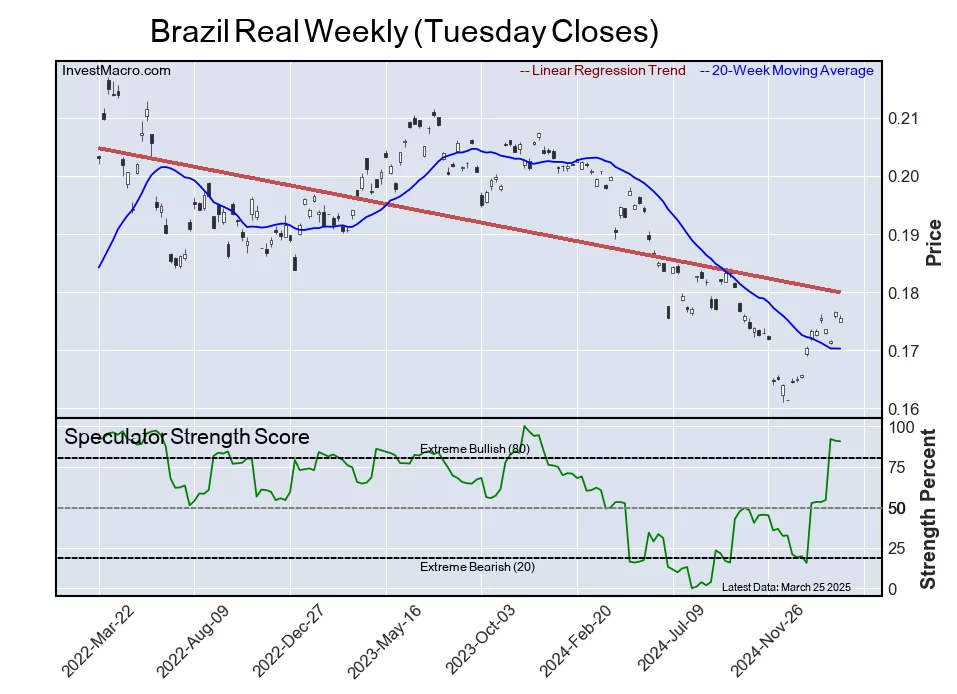
The Brazil Real speculator position rounds out the top five in this week’s bullish extreme standings. The Brazil Real speculator level sits at a 90.6 percent score of its 3-year range. The six-week trend for the speculator strength score was 37.4 this week.
The speculator position was 40,349 net contracts this week with an edge lower by -372 contracts in the weekly speculator bets.
This Week’s Most Bearish Speculator Positions:
5-Year Bond
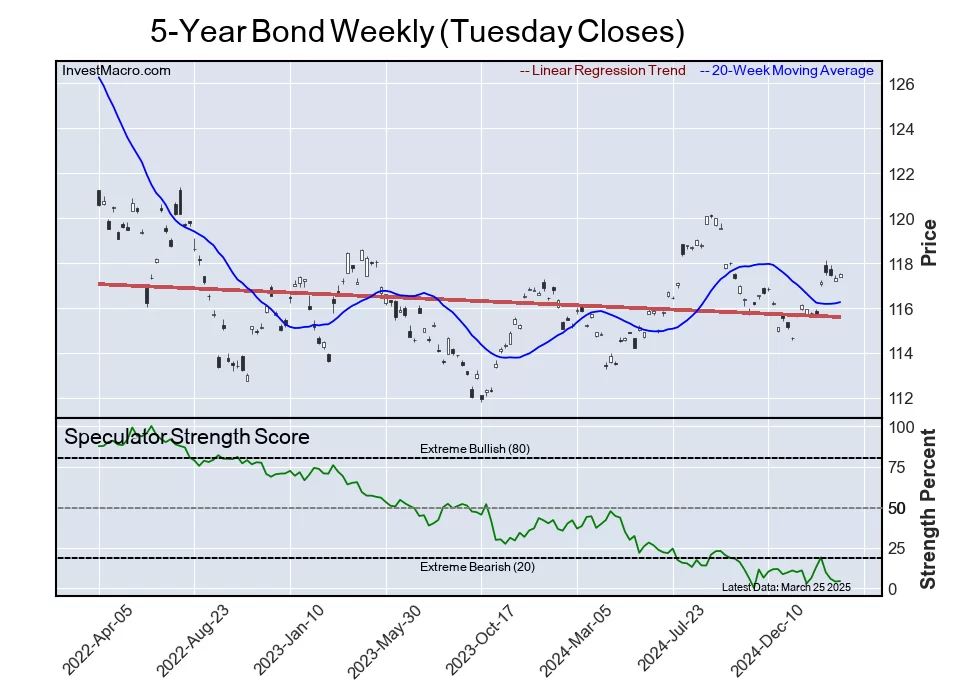
The 5-Year Bond speculator position comes in as the most bearish extreme standing this week. The 5-Year Bond speculator level is at just a 4.4 percent score of its 3-year range.
The six-week trend for the speculator strength score was -2.0 this week. The overall speculator position was -1,900,087 net contracts this week with a small gain of 5,853 contracts in the speculator bets.
Cotton
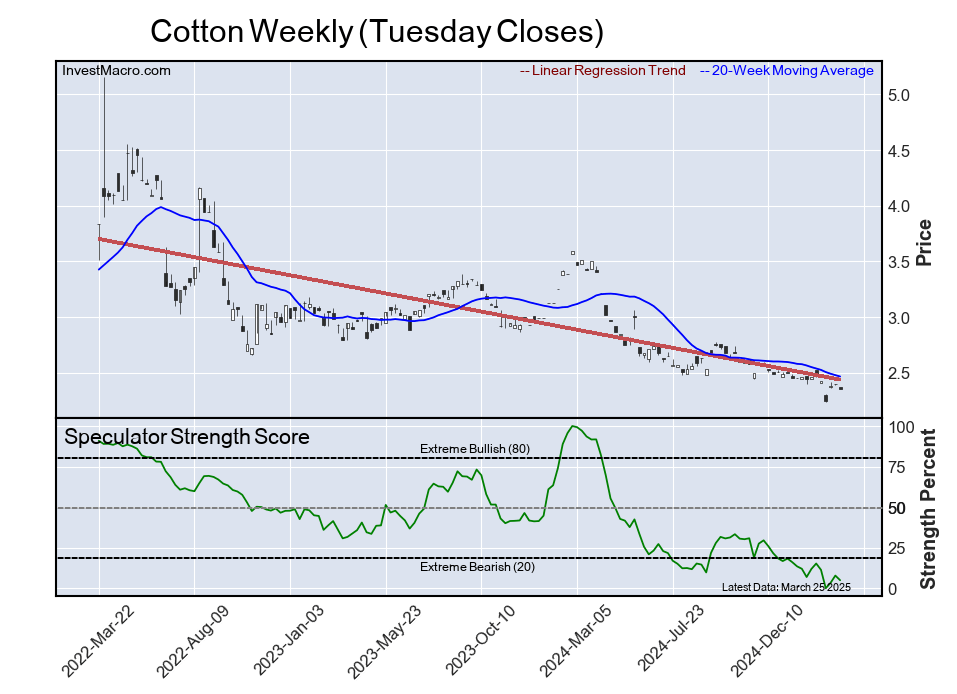
The Cotton speculator position comes in next for the most bearish extreme standing on the week. The Cotton speculator level is at a 4.9 percent score of its 3-year range.
The six-week trend for the speculator strength score was -7.0 this week. The speculator position was -54,006 net contracts this week with a decrease of -4,702 contracts in the weekly speculator bets.
Soybean Meal
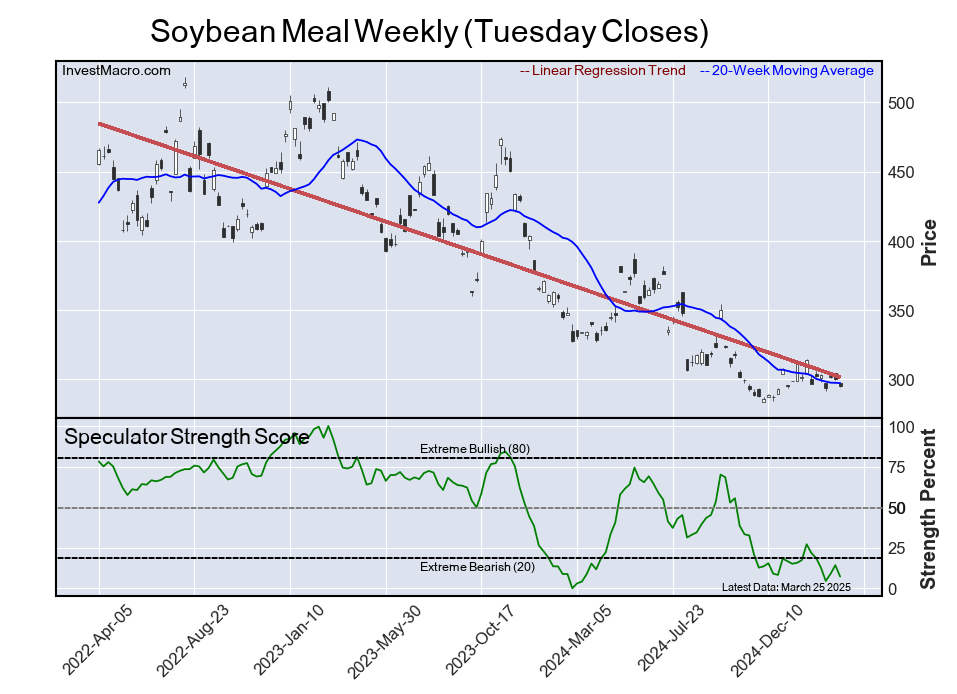
The Soybean Meal speculator position comes in as third most bearish extreme standing of the week. The Soybean Meal speculator level resides at a 7.2 percent score of its 3-year range.
The six-week trend for the speculator strength score was -14.5 this week. The overall speculator position was -49,278 net contracts this week with a drop by -17,071 contracts in the speculator bets.
Wheat
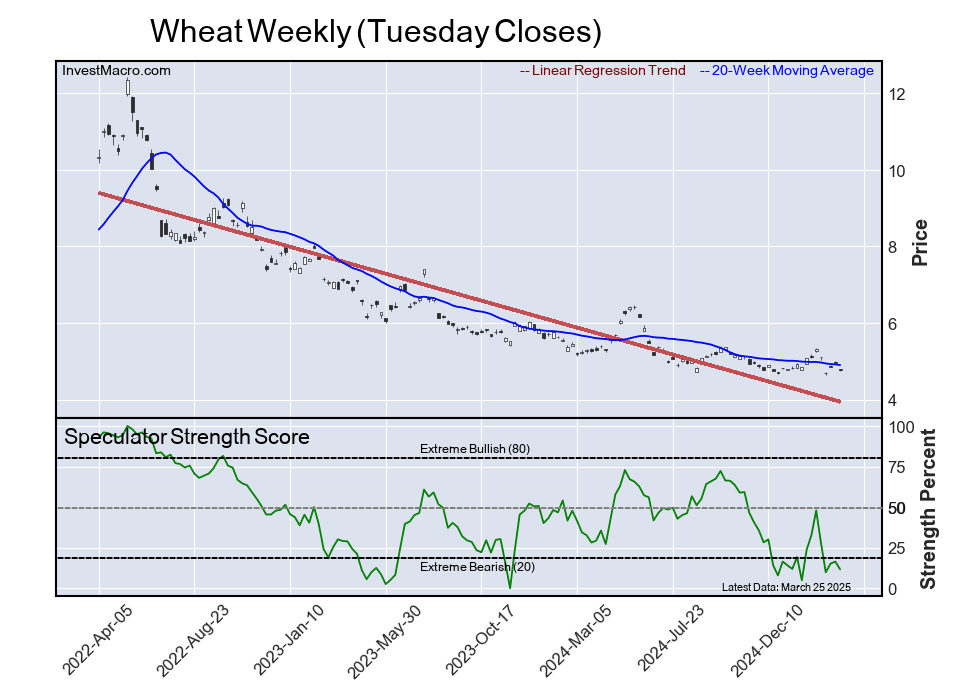
The Wheat speculator position comes in as this week’s fourth most bearish extreme standing. The Wheat speculator level is at a 11.6 percent score of its 3-year range.
The six-week trend for the speculator strength score was -21.1 this week. The speculator position was -82,548 net contracts this week with a reduction of -6,069 contracts in the weekly speculator bets.
New Zealand Dollar
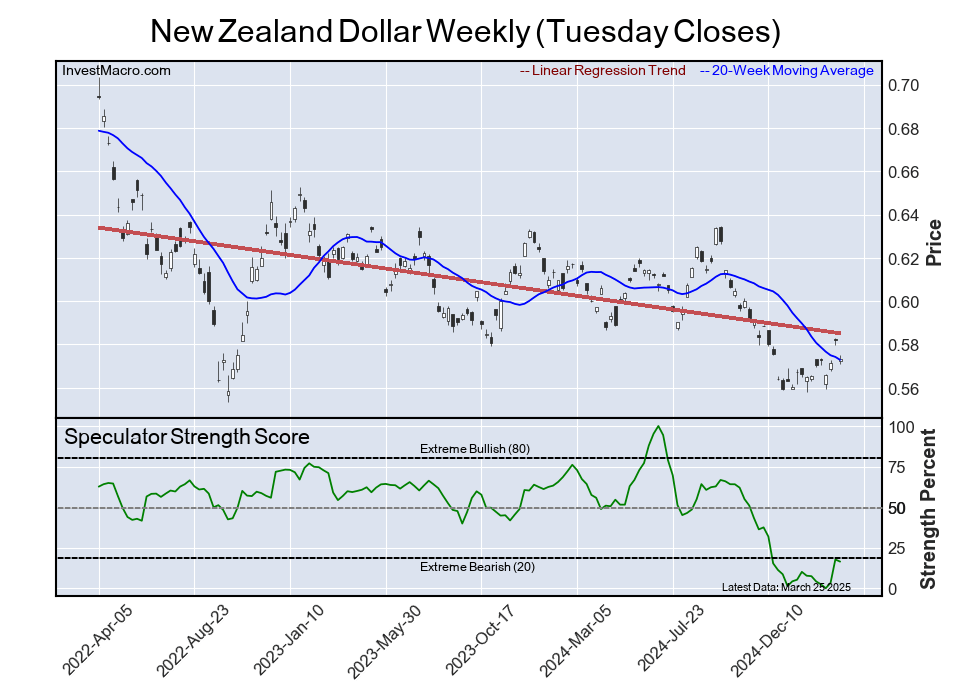
Finally, the New Zealand Dollar speculator position comes in as the fifth most bearish extreme standing for this week. The New Zealand Dollar speculator level is at a 16.4 percent score of its 3-year range.
The six-week trend for the speculator strength score was 9.0 this week. The speculator position was -41,567 net contracts this week with a decline by -1,123 contracts in the weekly speculator bets.
Article By InvestMacro – Receive our weekly COT Newsletter
*COT Report: The COT data, released weekly to the public each Friday, is updated through the most recent Tuesday (data is 3 days old) and shows a quick view of how large speculators or non-commercials (for-profit traders) were positioned in the futures markets.
The CFTC categorizes trader positions according to commercial hedgers (traders who use futures contracts for hedging as part of the business), non-commercials (large traders who speculate to realize trading profits) and nonreportable traders (usually small traders/speculators) as well as their open interest (contracts open in the market at time of reporting). See CFTC criteria here.

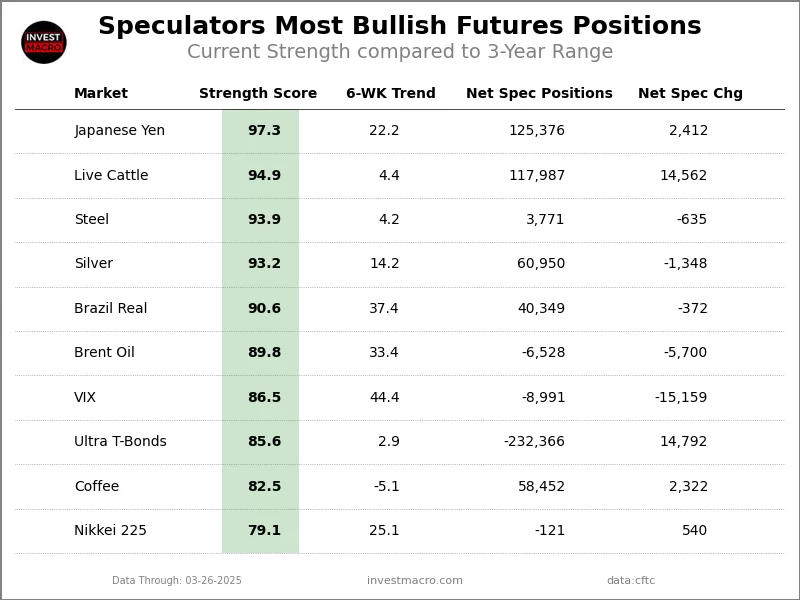
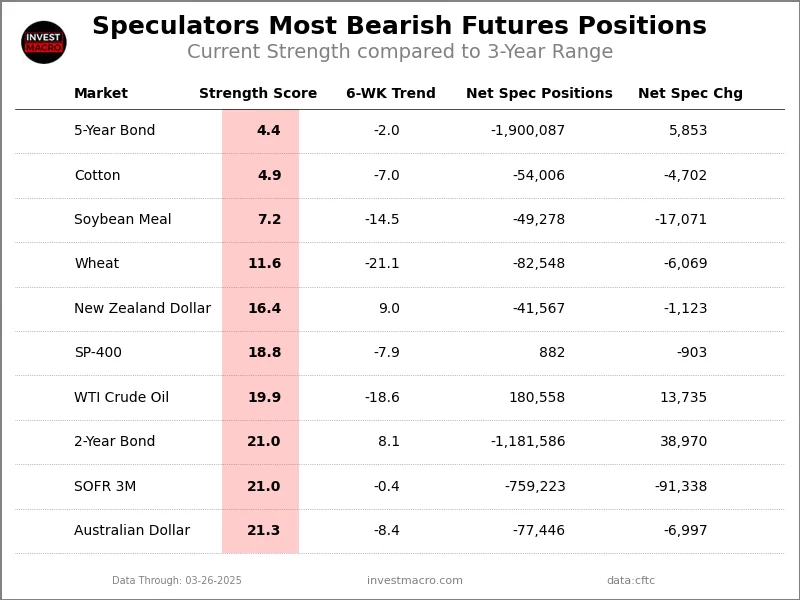



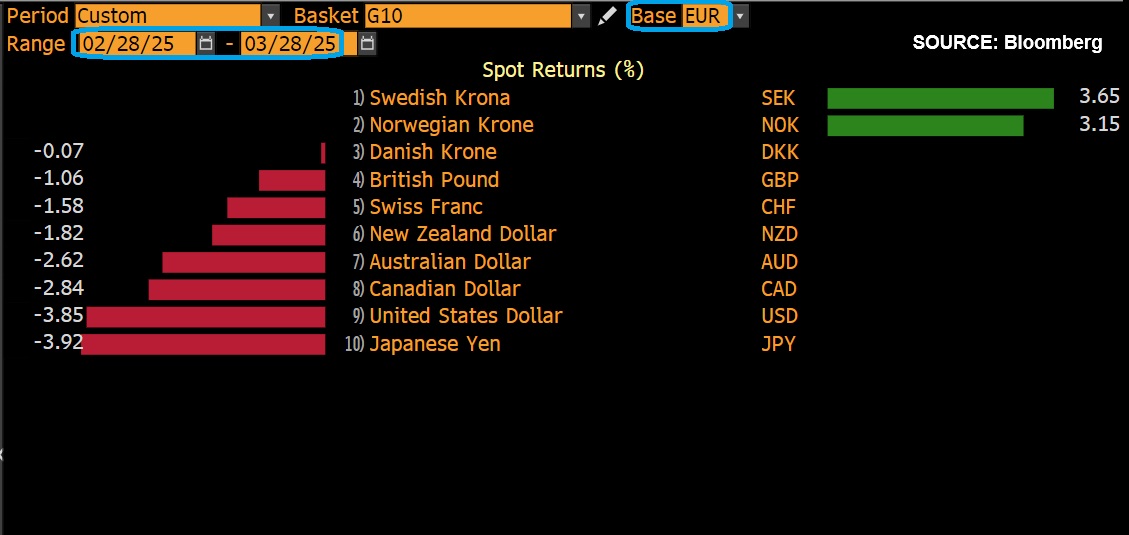
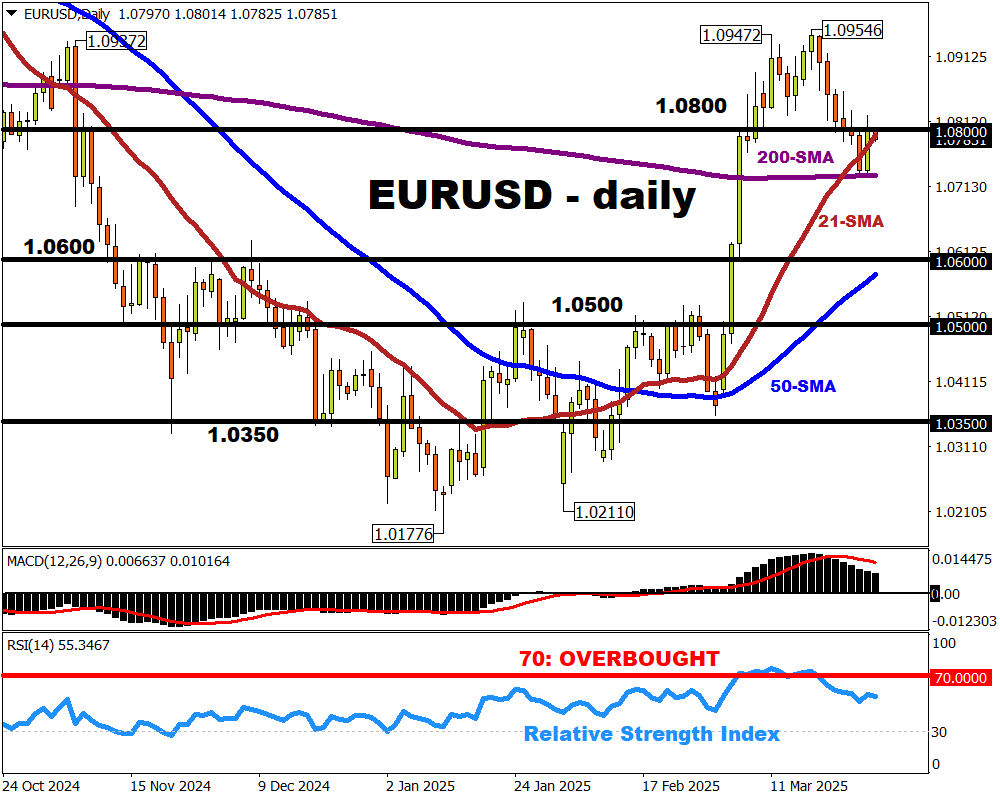
 Article by
Article by 
